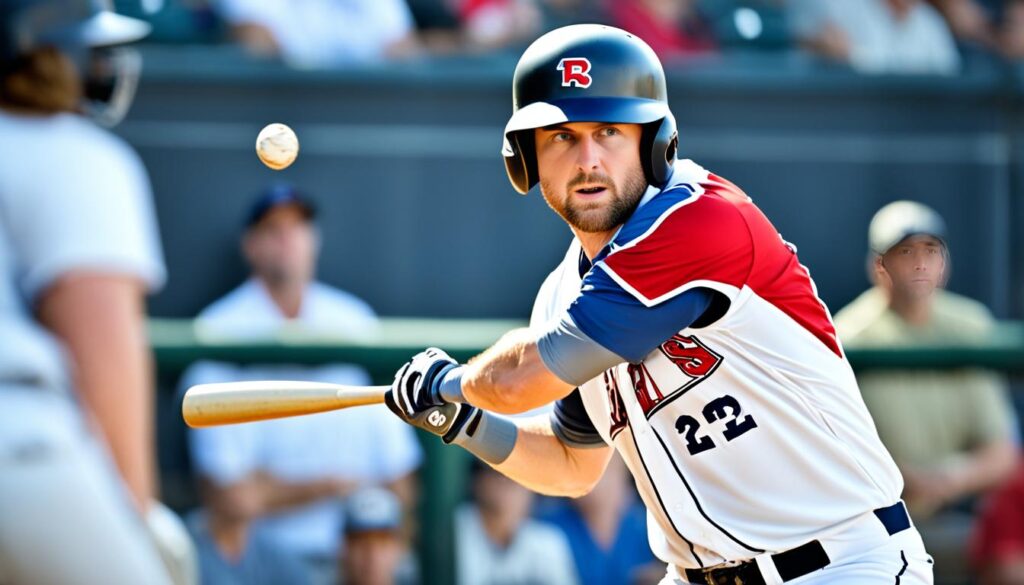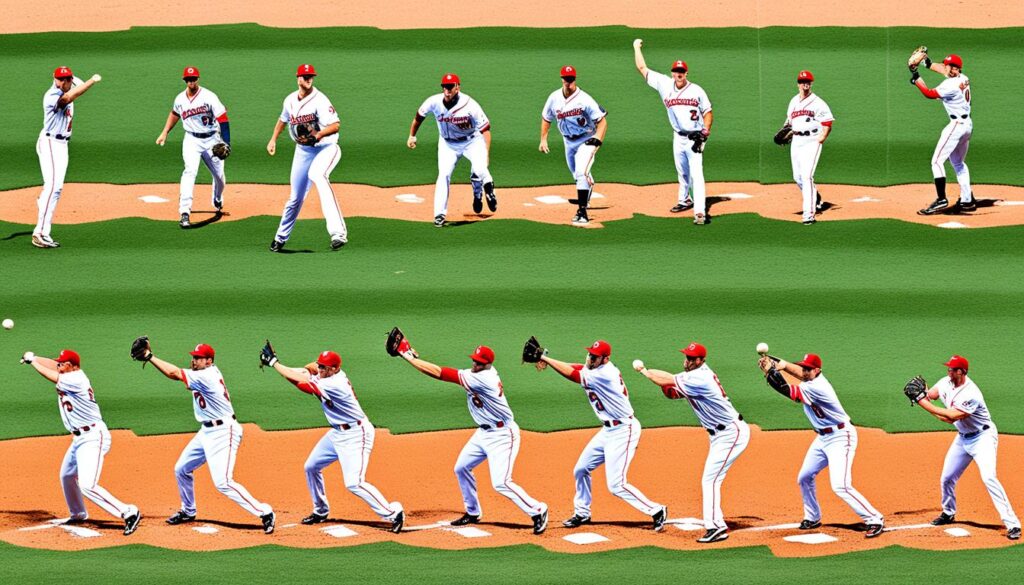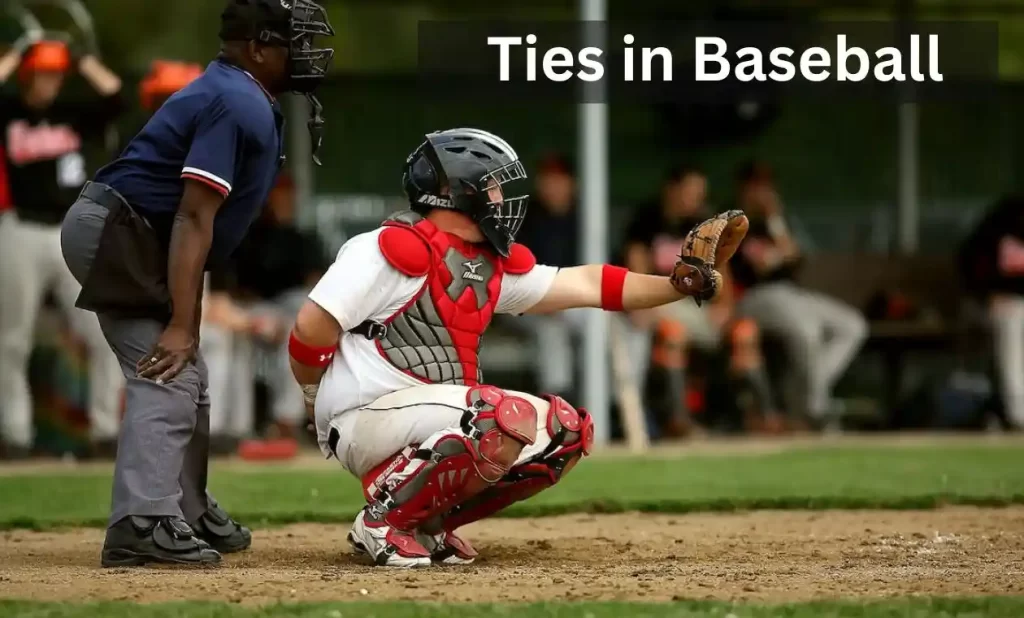Baseball pitching involves various techniques and throws. Understanding the different types of pitches is crucial for both pitchers and batters. There are several main categories of pitches: fastballs, breaking balls, and changeups. Fastballs include the four-seam, two-seam, cutter, splitter, and forkball. Breaking balls consist of the curveball, slider, slurve, and screwball. Changeups include the changeup, palmball, and circle changeup. Each pitcher typically utilizes a selection of these pitches based on their individual style and strategy.
Key Takeaways:
- Types of baseball pitches include fastballs, breaking balls, and changeups.
- Fastballs include the four-seam, two-seam, cutter, splitter, and forkball.
- Breaking balls consist of the curveball, slider, slurve, and screwball.
- Changeups include the changeup, palmball, and circle changeup.
- Pitchers use a combination of these pitches to tailor their style and strategy.
Exploring Fastballs: Four-seam, Two-seam, Cutter, Splitter, and Forkball.
Fastballs are the most common type of pitch in baseball, favored for their high velocity and straight trajectory. In this section, we will delve into the intricacies of different fastball pitches, including the four-seam, two-seam, cutter, splitter, and forkball.
The four-seam fastball is known for its exceptional speed and minimal movement. It is thrown with a grip that allows all four seams of the baseball to rotate towards the batter, resulting in a straight and powerful delivery.
The two-seam fastball, often called a sinker, provides a downward movement and can deceive right-handed hitters due to its inward run. This pitch is especially effective for inducing ground balls and inducing weak contact.
The cutter fastball combines the velocity of a fastball with the lateral movement of a slider. It breaks away from right-handed hitters, making it a valuable weapon for generating swings and misses or inducing weak contact.
The splitter fastball is recognized for its sharp downward drop, making it a challenging pitch for batters to anticipate. Just as the ball approaches the batter, it suddenly breaks, often leading to swings and misses or ground balls.
The forkball fastball features a gradual downward movement, enticing batters to swing above the ball and making contact difficult. This pitch relies on a unique grip that enables the pitcher to manipulate the ball’s trajectory and deceive opposing hitters.
Let’s take a closer look at these fastballs in the table below:
| Fastball Type | Velocity | Movement | Primary Gripping Technique |
|---|---|---|---|
| Four-seam fastball | High | Straight | Standard four-seam grip |
| Two-seam fastball | High | Downward, inward run | Modified two-seam grip |
| Cutter fastball | High | Horizontal break away from right-handed hitters | Cutter grip |
| Splitter fastball | High | Sharp downward break | Splitter grip |
| Forkball fastball | High | Gradual downward drop | Forkball grip |
Now that we have explored the different types of fastballs, we can see that each pitch offers its own unique characteristics and challenges for batters to overcome. As pitchers refine their skills and learn to master these pitches, they gain a strategic advantage on the mound.
Exploring Breaking Balls: Curveball, Slider, Slurve, and Screwball.
Breaking balls are a crucial part of a pitcher’s arsenal, known for their movement and breaking action. Let’s take a closer look at some of the most popular breaking pitches in baseball: the curveball, slider, slurve, and screwball.
Curveball
The curveball is a classic breaking ball that has a distinctive 12-6 movement, resembling the hands of a clock. When thrown correctly, it creates a sharp downward trajectory, making it difficult for batters to make solid contact.
Slider
The slider is a versatile pitch that breaks down and away from right-handed hitters. It combines elements of a fastball and a curveball, offering late movement that can deceive even the most experienced batters.
Slurve
The slurve is a hybrid pitch that blends the characteristics of a slider and a curveball. It features an 11-5 movement, with both lateral and vertical break. The slurve can be a challenging pitch for batters to read and time correctly.
Screwball
The screwball is a unique breaking ball that moves in the opposite direction of a slurve. With a 1-7 movement pattern, it breaks away from right-handed hitters, providing an unexpected and deceptive pitch that can leave batters off balance.
Breaking balls like the curveball, slider, slurve, and screwball are essential weapons for pitchers, offering different movement patterns and challenging batters to make solid contact. Mastering these pitches requires practice, precision, and understanding of the mechanics behind each delivery. Now, let’s move on to exploring changeups in the next section.

Exploring Changeups: Changeup, Palmball, and Circle Changeup.
Changeups are off-speed pitches that can be highly effective in fooling batters with a change in velocity. These pitches are designed to disrupt the timing and anticipation of the hitter, making it more difficult to make solid contact with the ball. In this section, we’ll delve into three popular changeup variations: the changeup itself, the palmball, and the circle changeup.
The Changeup
The changeup is a staple in every pitcher’s repertoire. It is thrown with the same arm motion as a fastball, but with a significant reduction in velocity. This change in speed creates deception, as the batter expects a fastball but is instead met with a slower pitch.
“The changeup is all about disrupting the hitter’s timing. By slowing down the pitch, the batter has to adjust their swing, often resulting in weak contact or a swing-and-miss.” – Professional Pitching Coach
The changeup is particularly effective against aggressive hitters who thrive on fastballs. When executed properly, it can induce awkward swings and ground balls, leading to easy outs for the defense.
The Palmball
The palmball is a variation of the changeup that involves gripping the ball tightly in the palm of the hand. Like the changeup, it is thrown with the same arm motion as a fastball, but offers a slower speed. The palmball relies heavily on grip and finger pressure to generate movement and change in velocity.
This pitch is notorious for causing batters to be out in front, resulting in weakly hit balls or swings-and-misses. The grip and release of the palmball create additional movement, making it more challenging for hitters to make solid contact.
The Circle Changeup
The circle changeup shares similarities with the screwball in terms of movement. It gets its name from the grip, which involves forming a circle with the index finger and thumb. The circle changeup is typically delivered with a similar arm motion as a fastball, but the grip and release generate a different movement pattern.
With a 1-7 motion, the circle changeup breaks down and away from right-handed hitters, making it highly effective against opposite-handed batters. The combination of the change in speed and movement can deceive hitters and lead to swings-and-misses or weakly hit balls.
Changeups, palmballs, and circle changeups offer pitchers a wide range of options to keep batters off-balance. Their deceptive nature and ability to disrupt timing make them valuable tools on the mound. By incorporating these pitches into their arsenal, pitchers can effectively neutralize even the most dangerous hitters.
Identifying Pitches and Their Characteristics.
Identifying pitches can be challenging, but there are key characteristics to look for. Speed, movement, and break are all important factors in recognizing pitches.
The speed of the pitch can vary greatly, with fastballs being the fastest and changeups being slower. Fastballs are known for their high velocity, making them difficult to react to. On the other hand, changeups are off-speed pitches that intentionally deceive batters with a slower speed.
Movement refers to the general direction the ball is moving. Each pitch has a unique movement pattern that can range from straight to breaking sharply. It’s crucial to pay attention to the path the ball takes as it approaches the plate.
Break is a sudden shift in direction that occurs when a pitch has significant movement. Breaking balls, such as the curveball and slider, have a noticeable break that can fool batters. This change in direction can make it challenging to make solid contact.
Other indicators, such as ball rotation, point of release, and grip, can also provide clues about the type of pitch being thrown. However, these indicators usually require a more advanced level of knowledge and experience to decipher accurately.
“Recognizing the characteristics of each pitch is like deciphering a code in real-time. It takes practice, focus, and a deep understanding of the game.”
By studying and practicing these key characteristics, both pitchers and batters can improve their ability to identify pitches. Recognizing the pitch type early can give batters an advantage, allowing them to anticipate and adjust their swings accordingly. Likewise, pitchers can use this knowledge to strategically mix up their pitches and keep batters off balance.
Next, we’ll dive into specific pitch types and their detailed characteristics to further enhance your understanding of the intricate art of baseball pitching.
Key Characteristics to Look For:
- Speed
- Movement
- Break

Conclusion.
Understanding the different types of baseball pitches is crucial for both pitchers and batters. By familiarizing themselves with the characteristics and techniques associated with each pitch, players can enhance their performance and develop effective strategies on the field.
Pitchers have a wide array of options at their disposal when it comes to pitching grips and throws. This diversity allows them to keep batters guessing and maintain control over the game. From fastballs to breaking balls to changeups, pitchers can strategically select the pitch that best suits a given situation, taking into account factors such as the batter’s strengths and weaknesses.
As the world of baseball continues to evolve, so does the art of pitching. With continued research and advancements in pitch design, we can expect to see new and innovative pitches emerge, presenting both challenges and opportunities for players at all levels. Embracing these changes and staying updated with the latest techniques and strategies will enable pitchers and batters to stay ahead in the game.

Meet Daniel Anderson, the heart and soul behind Baseball Pro Picks. At 49, Daniel’s life has revolved around baseball, a passion that’s as strong today as it was when he first fell in love with the game. Living in the USA, Daniel has dedicated countless hours to watching, analyzing, and understanding every pitch, hit, and home run, making almost no game missed. His deep-rooted love for the sport is matched only by his commitment to sharing insightful, expert analysis with fellow baseball enthusiasts. With decades of experience and a keen eye for the game’s nuances, Daniel brings a unique perspective that enriches Baseball Pro Picks. Trust Daniel to guide you through the intricacies of baseball with the authority and trustworthiness of a true aficionado.













